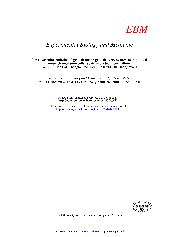摘要
Transplantation of vascular endothelial growth factor (VEGF) gene-manipulated mesenchymal stem cells (MSCs) has been proposed as a promising therapy strategy for cardiac repair after myocardium infarction. However, the gene delivery system, including targeted VEGF gene and delivery vehicle, still needs to be optimized. In this study, a novel, hyperbranched poly(amidoamine) (hPAMAM), polymer-based, hypoxia-regulated VEGF(165) plasmid (pHRE-VEGF(165)) delivery system was constructed for effective, biocompatible and controllable gene expression. The hPAMAM demonstrated high transfection efficiency (38.98 +/- 1.95%) with minor cytotoxicity (cell viability = 92.38 +/- 1.09%) in primary MSCs under optimal conditions. Under hypoxia, hPAMAM-pHRE-hVEGF(165)-transfected MSCs could over-express hVEGF(165) stably for 14 days, with a peak expression at day 2, which promoted endothelial cell proliferation in vitro. The transplantation of hPAMAM-pHRE-hVEGF(165) gene delivery system-manipulated MSCs could enhance ischemic myocardium VEGF concentration obviously, which improved the graft MSC survival, increased neovascularization, and ultimately preserved cardiac function to a significantly greater degree than untreated MSC transplantation. This work demonstrated that hPAMAM-based pHRE-hVEGF(165) gene delivery combined with MSC transplantation is an economical, feasible and biocompatible strategy for cardiac repair.
- 出版日期2012-6
- 单位复旦大学
